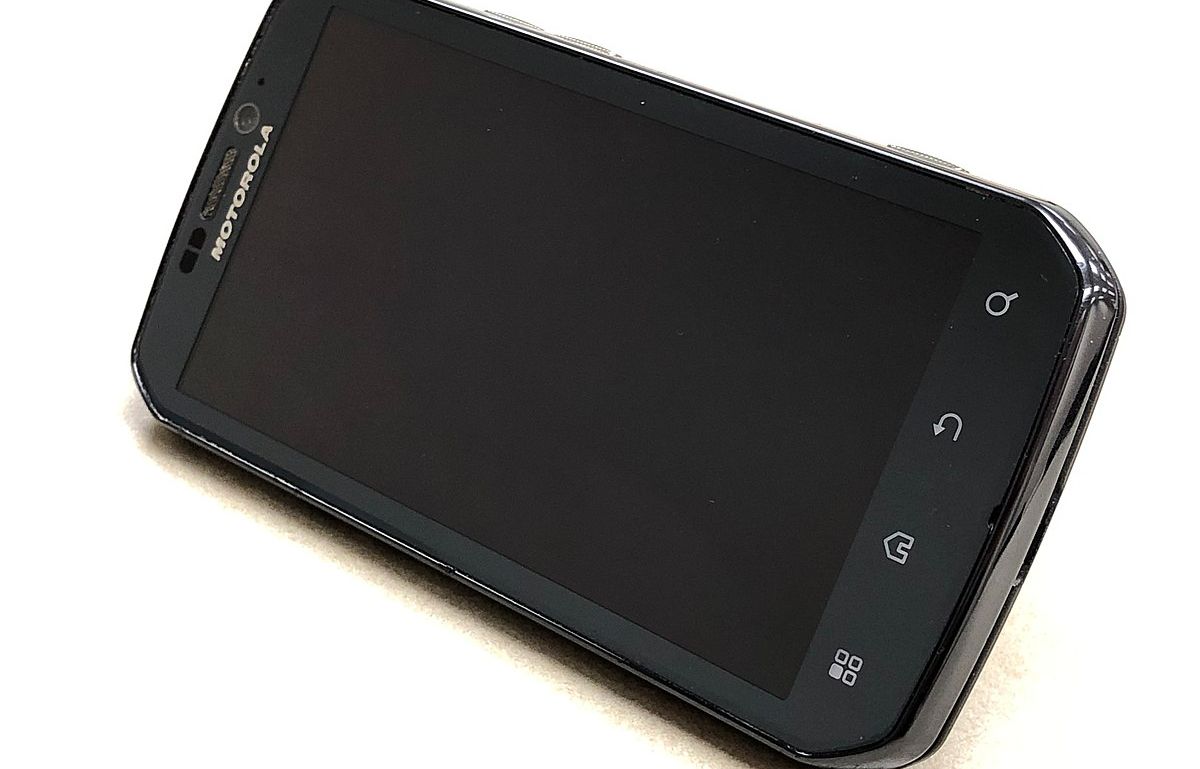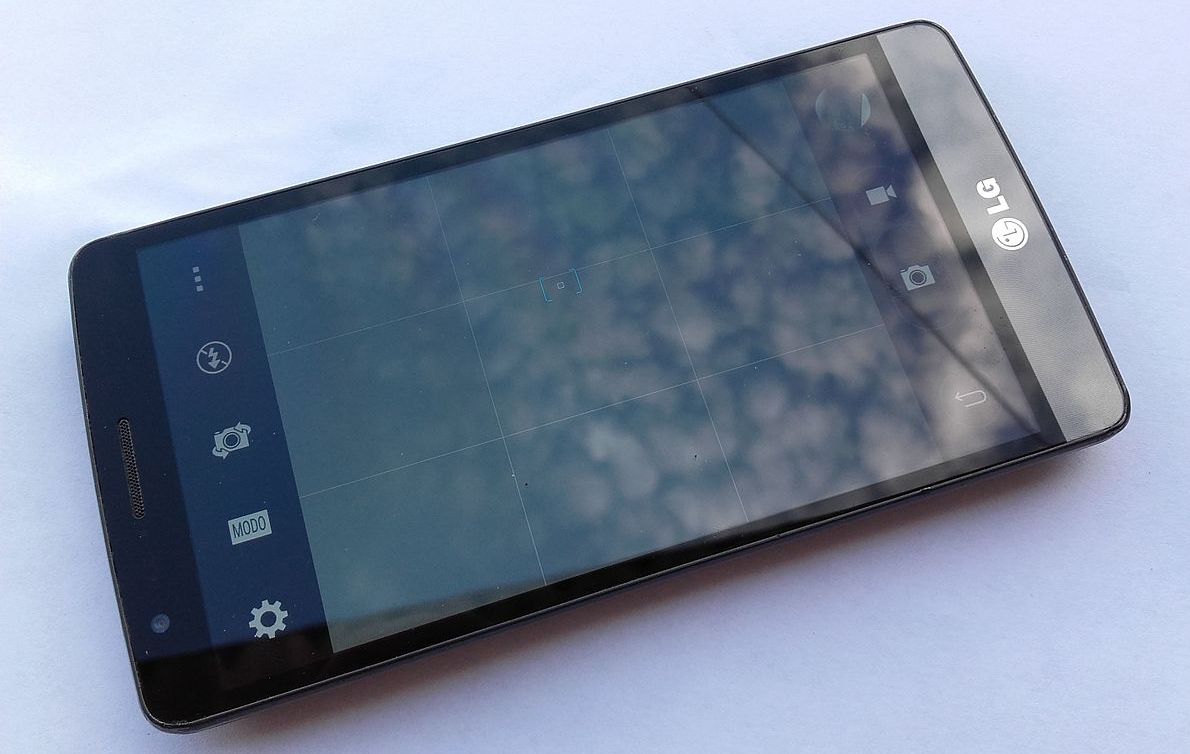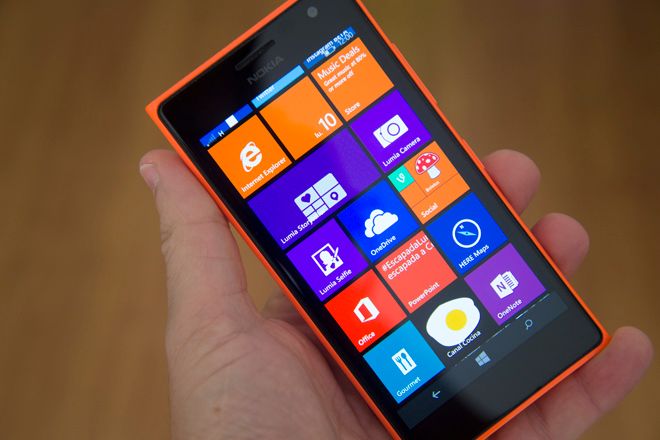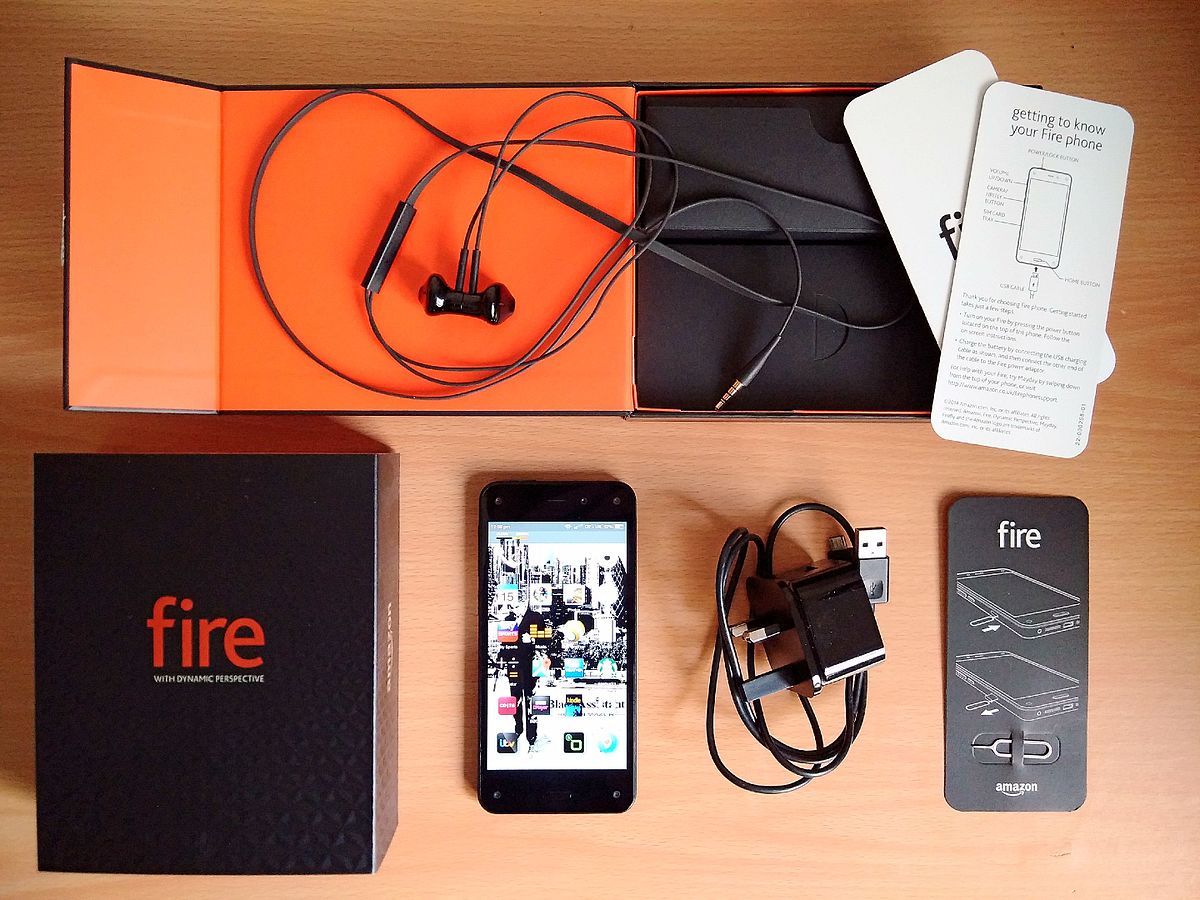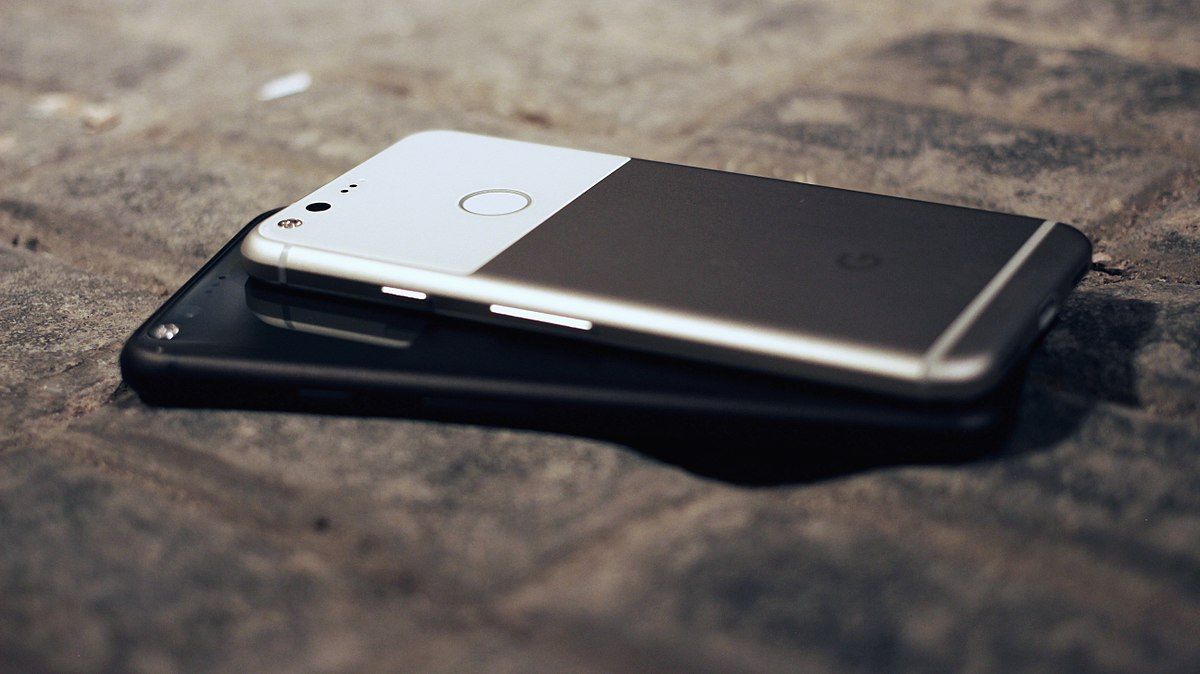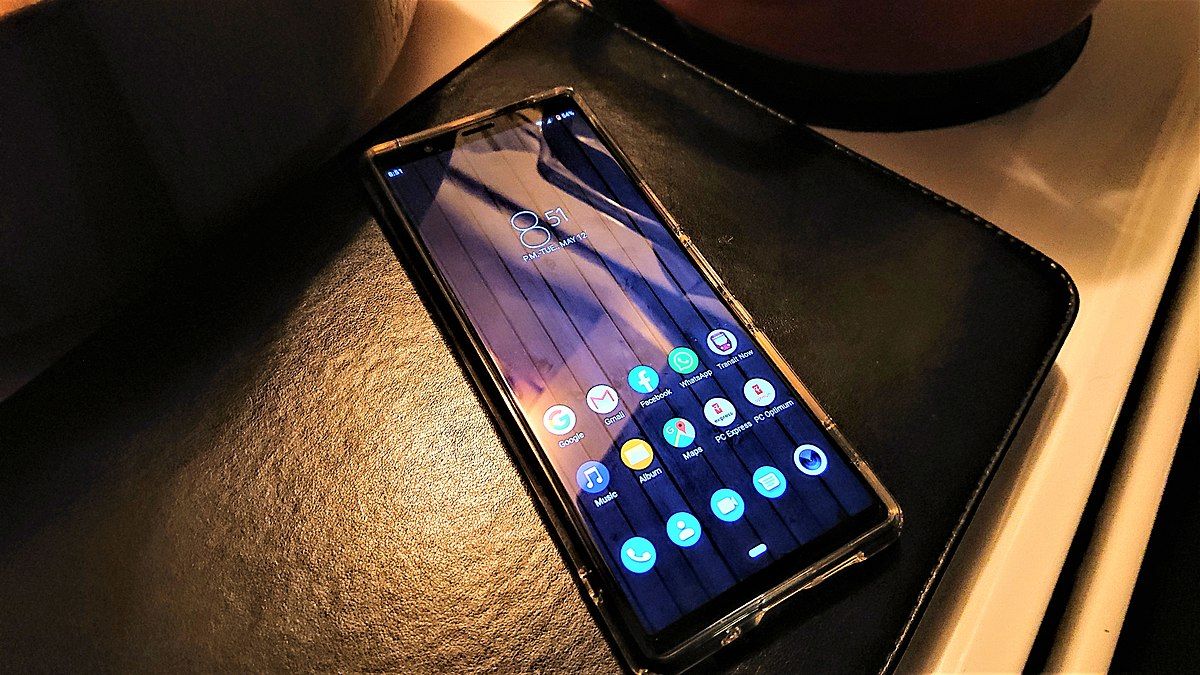These days, it seems like most big tech companies are trying their hand at the smartphone, but it doesn't work out for all of them. Poor marketing, a shoddy OS, or unsightly design all contribute to failed smartphone ventures, but which big companies gave it a try?
1. Motorola
You may have had a cute little Motorola flip phone when you were a kid or teen. Motorola was once a huge company with over 150,000 employees and a popular spot in the cellphone market.
But the brand has fallen off since the emergence of smartphones just over a decade ago, though this didn't happen in an instant. Motorola didn't just disappear along with its flip phones. Instead, they decided to give the smartphone industry a shot. Unfortunately, it wasn't meant to be for Motorola, and this was for several reasons.
Firstly, Motorola didn't switch to 3G while other big smartphone companies were making the change. This hit their US sales, with American customers far more interested in phones sporting the best internet speeds. What's more, Motorola was already on shaky ground when the infamous Blackberry phones came onto the market, taking the world by storm. So, by the time touchscreen smartphones came along, Motorola had a lot to make up for.
However, Motorola smartphones aren't even that bad. Many owners rave about their reliability and solid design paired with an affordable price. But these phones just didn't hit as Samsung or Apple phones could, so Motorola phones are now pretty low down on the smartphone food chain.
2. LG
Remember the LG Cookie? This rudimentary touchscreen phone was pretty popular back in the early 2010s. But LG is no longer the hot commodity it used to be, and this time, it's definitely because of the phones themselves.
In short, customers felt like LG smartphones were only made using half the effort the company should have invested. The phones seemed rushed and unimpressive, especially the G4 released in 2015. This particular model was found to have bootloop issues, causing it to reboot itself constantly. This continued with the G5, V10, and V20, and customers became tired of being let down.
Another slew of issues joined this one, including long update waiting times and disappointing modifications on newer models. Overall, people lost faith in LG, which led the company to its failure in the smartphone market.
3. Nokia
Another big name in the early cellphone industry, but a failure as the markets matured. When Nokia came out with its first Lumia smartphone in 2011, people didn't receive it too badly. However, the interface was pretty over-complicated and was very new to most customers. But Nokia made it through this small slip-up.
But it was about to get a lot more difficult for Nokia to survive in the smartphone industry, with brands like Apple and Samsung constantly innovating and raising the bar. Essentially, Nokia found it hard to keep up and wasn't taking enough notice of customer demands. Its OS was outdated, and it was just taking too long for Nokia to make the necessary updates.
This led to a loss of public interest in Nokia smartphones, and the company fell through the ranks, becoming a bit of a no-go for smartphone customers. Interestingly, Nokia is undergoing a small renaissance, with some of its recent releases receiving excellent reviews.
4. Amazon
Amazon really should have stuck to e-commerce on this one. Given that the company is worth billions and billions of dollars, they were certainly financially able to venture into the smartphone industry with their Fire Phone. But Amazon just didn't meet the mark, and here's why.
Firstly, people just weren't interested in a smartphone from Amazon. The company already has a stellar online marketplace, and customers seemed to be more interested in sticking to using that, not the Amazon Fire Phone. What's more, the Fire Phone couldn't support as many apps as other popular smartphones, which played a huge role in its disappointing reception.
On top of this, customers saw the phone's internal design as pretty gimmicky and unimpressive. The starting price of the phone itself was way too high, especially given that Amazon hadn't yet established itself as a reliable smartphone manufacturer. So, the Amazon Fire Phone was lost to history, and Amazon hasn't made any additional attempts at a smartphone since.
5. Google
Another giant company trying its hand at smartphones with the Pixel phone and ultimately failing to make any significant impact on the industry. This has a lot to do with the brand's poor marketing, which didn't hit home for consumers, and failed at really selling the phone for its best points.
What's more, a lot of Google fans love Android! Because of this, the demographic Google was trying to sell to was already loyal to one of the big smartphone brands that supported Android, most notably Samsung. So, before the first Pixel phone was even released and reviewed, things weren't looking good for Google.
Additionally, many of the Pixel phone models suffered from an array of issues, including excessive optical lens flare, making for some pretty unimpressive photos. The phones also had connection issues with certain data bands, which made things difficult for some customers. On top of this, the Pixel 4 phone wasn't even released in several countries, which impacted the sales figures.
It's a bit of a strange scenario in many ways. Google's Pixel devices are often extremely well-reviewed and technically excellent, but customers just don't want to actually buy them. But not to worry, Google is still doing extremely well for itself.
6. Sony
Sony has done well in a number of different areas, including televisions, cameras, headphones, and more. Sony also gave the smartphone industry a go with its range of Xperia smartphones. But people just weren't into them, and this was for a number of reasons.
Firstly, Xperia smartphones are pretty expensive. And, given that Sony Ericsson was by no means a market leader in the smartphone industry, it was pretty risky to bump up the price tag. The brand was also slow to catch up with trends, which made their phones less desirable in the eyes of consumers.
The Xperia cameras also couldn't live up to those offered by Samsung and Apple, and their marketing strategy was pretty lackluster. These mistakes all came together and made Sony's range of smartphones an overall failure. But don't snub their other products! Sony is still a big player in the tech industry. They just couldn't play the smartphone game correctly.
Who Knows Which Company Will Give Smartphones A Try Next?
With the smartphone industry being as huge as it is, there's no knowing what other well-known companies will try their hand at it. What's more, there's no knowing what new companies may take the smartphone industry by storm over the next few decades! We hope we'll still be here to tell you all about it.


